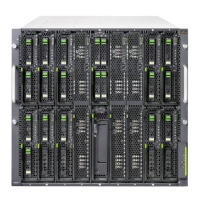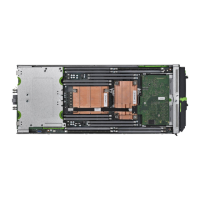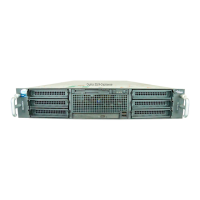Architecture and strategies Time synchronization
U41855-J-Z125-3-76 65
Dokuschablonen 19x24 Version 7.4de für FrameMaker V7.x vom 09.02.2010 © cognitas GmbH 2001-2010
19. March 2018 Stand 18:25.47 Pfad: P:\FTS-BS\Server\SE-Server\SE-Doku\1303912_BuV_062\BuV_e\buv.k02
2.8 Time synchronization
Basic state without external time synchronization
In the SE server the MU, SU x86, HNC and the optional AUs each have their own time
management.
When the SE server is installed, Customer Support sets the exact time in the BIOS setup
of each Unit. By default, the MU is configured as the NTP server for SU x86 and HNC via
the MCNPR. By default MU and AU use the time set locally in the respective basic system.
If differences occur on the MU, SU x86 or HNC, the administrator can correct the local time
on the MU manually in the SE Manager.
On an AU the time is corrected with the resources of the operating system used (by default
Linux).
The SVP time (on SU /390) and the Linux time of the SU x86 (on SU x86) are important as
a time base for the BS2000 systems (see “Time synchronization in BS2000” on page 67).
The Linux time of the SU x86 is important as timebase for operating systems running on
XenVMs on SU x86 (see “Time synchronization in XenVM systems” on page 68).
Consequently, only time synchronization of the SU is examined below.
Time synchronization of an Application Unit is possible with the resources of the operating
system used.
Figure 12: SE300 without external time synchronization (synchronized internally via the MU)
SU x86
BS2000
System time
X2000 SVP clock,
Linux System time
MU
Linux
Linux System time
AU
Linux (default)
Linux System time
MANPU
MCNPR
TODR
TODR

